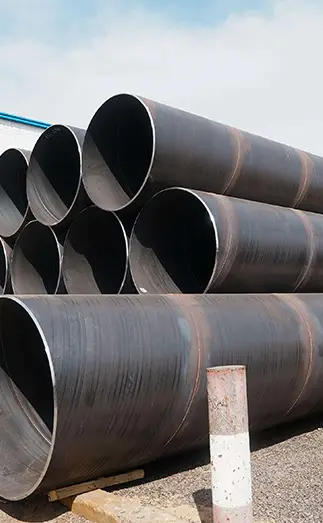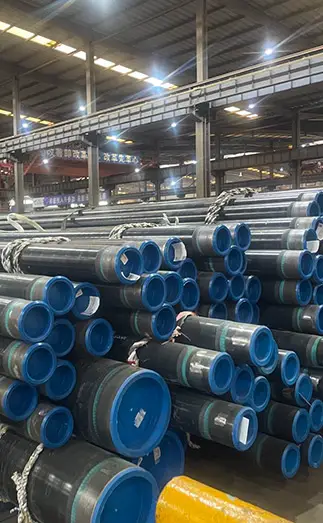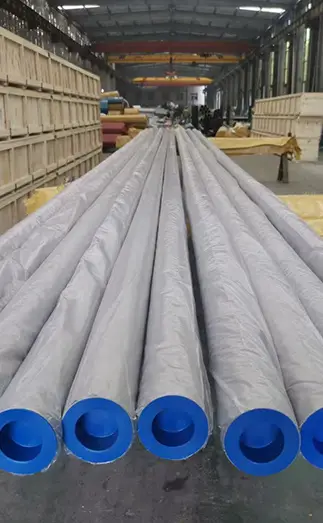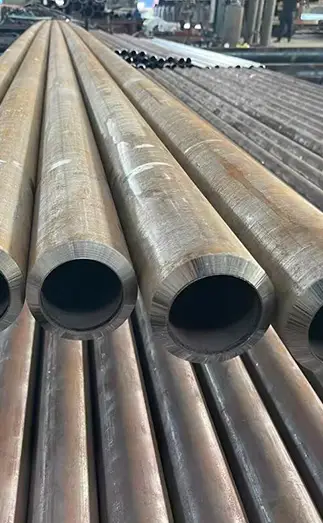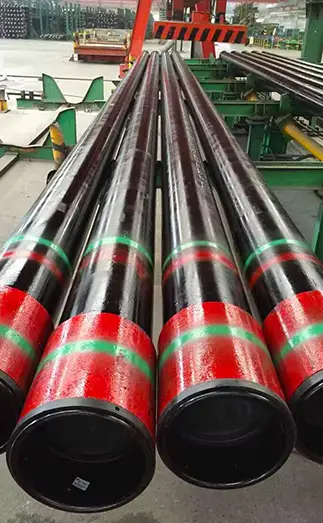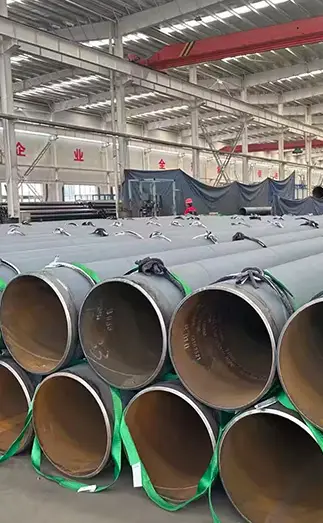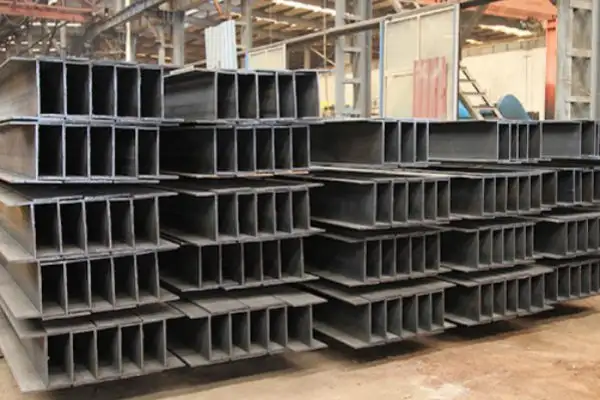The yield strength of a rectangular tube refers to the maximum stress a material can endure before it begins to deform permanently under external loads such as bending, pressure, or tension. It is a key parameter that determines the load-bearing capacity and structural reliability of the tube.
The yield strength can be calculated using the following formula:
σfy=M/Z
Where:
σfy – Yield strength (or bending yield stress) of the rectangular tube
M – Bending moment
Z – Section modulus
This formula is widely used in engineering design and mechanical analysis to evaluate the bending strength of rectangular tubes.
Definition of the Yield Point
On the stress-strain curve, the yield point represents the transition from elastic to plastic deformation. Before this point, the rectangular tube behaves elastically — the deformation disappears when the load is removed. Once the yield point is reached, the material begins to deform plastically, meaning it will not return to its original shape.
This stage marks the onset of permanent deformation, which is crucial for determining the safe design limits of structural components made from rectangular tubing.
Stress-Strain Curve Characteristics
The shape of the stress-strain curve for rectangular tubes depends on the material’s properties and behavior under load. Generally, it includes both linear and nonlinear regions:
Linear Region: The stress increases proportionally with strain. The slope of this line is the material’s elastic modulus, indicating its stiffness.
Nonlinear Region: The curve becomes more complex and includes several stages — weak stress/strong strain, yielding, decreasing strength, and fracture. The yielding stage is the most important, as it reflects the tube’s transition into plastic deformation.
Understanding this curve helps engineers evaluate how rectangular tubes respond under varying load conditions.
Rectangular Tube Yield Strength Calculation
To determine the bending yield strength of rectangular tubes, several geometric and mechanical parameters must be considered, including section modulus, moment of inertia, and cross-sectional shape. The most common formula is:
σfy=M/Z
This relationship allows designers to predict how a rectangular steel tube will perform under bending loads and helps ensure that the structure maintains safety and stability in practical applications.
Factors Affecting Yield Strength of Rectangular Tube
The yield strength of rectangular steel tubes is influenced by multiple factors, including:
Material composition and mechanical properties
Manufacturing and processing quality
Heat treatment and structural uniformity
Among these, material uniformity has the greatest impact. Variations in microstructure, impurities, or defects can reduce the overall yield strength. Therefore, strict control during material selection and fabrication is essential for achieving consistent mechanical performance.
Conclusion
The yield strength of rectangular tubes is a critical factor in evaluating their mechanical performance, durability, and structural safety. Understanding its definition, influencing factors, and calculation methods helps engineers design stronger and more reliable rectangular tube structures.
By mastering the stress-strain behavior and yield characteristics of rectangular tubes, manufacturers and designers can ensure that their products meet high safety standards and maintain excellent performance under various working conditions.



 English
English Español
Español Français
Français بالعربية
بالعربية